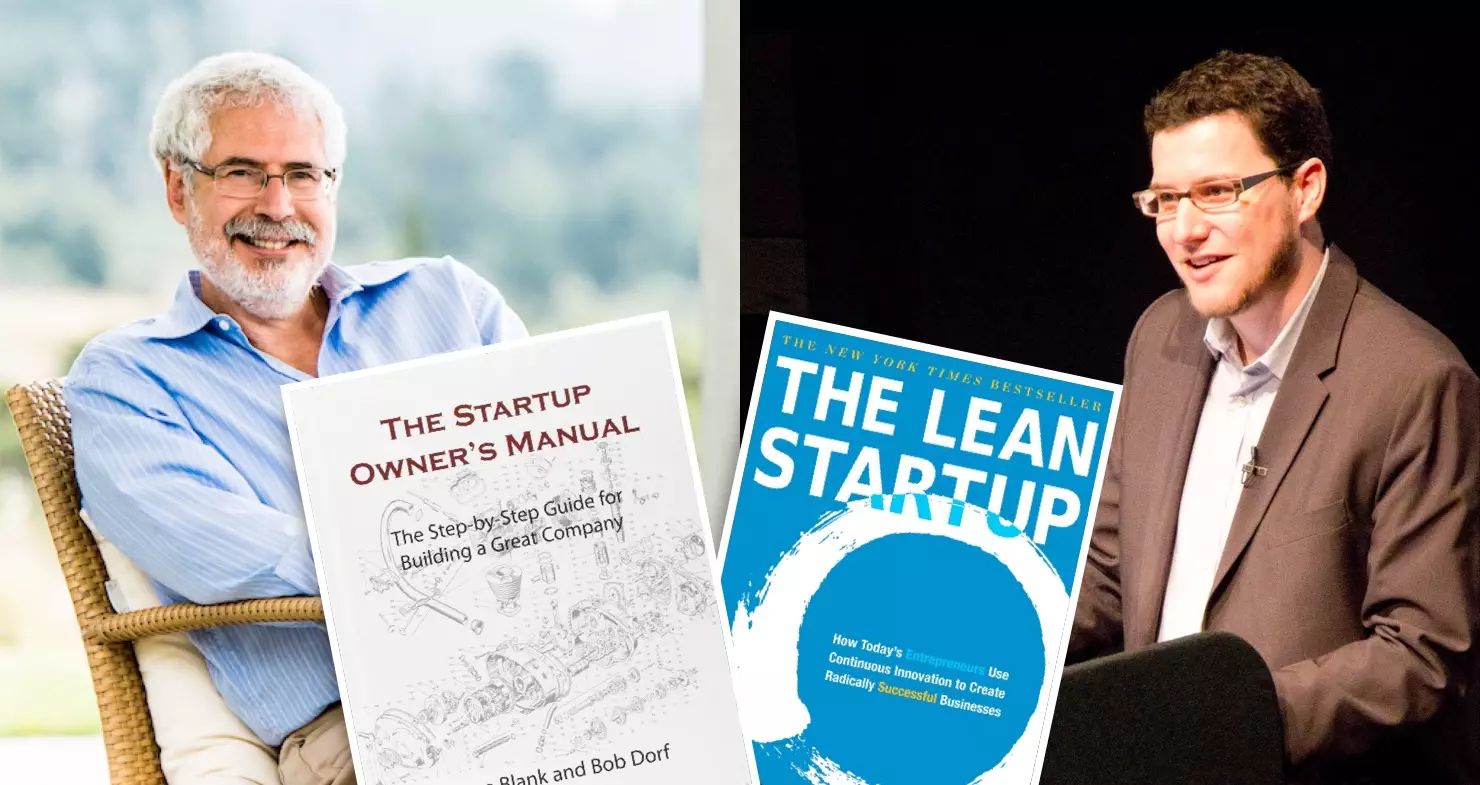It was precisely this dilemma with business plans that were not worth the paper they were written on that Silicon Valley serial entrepreneur Steve Blank, the founding father of the Lean Startup movement, experienced both firsthand and as an investor in dozens of his startups. For this reason, he has, over the decades, developed a methodology called Customer Development . At the core of his approach is the observation that a startup must be focused on first finding its business model in a search process. Whereas large organizations tend to be good at efficiently executing existing business models discovered by their former founders for decades. That’s why it’s often so hard for startups to go into “execution,” while large companies have often unlearned how a “search” mode for a business model works. From these considerations, Blank concludes that a startup cannot be a small version of a large or finished company but rather a temporary organization in search of a business model that must do product and customer development simultaneously. He, therefore, urged his founders to stop emulating any action patterns and recipes of large organizations. Instead, as a condition of his investment, he required them to attend one of the courses he teaches at UC-Berkeley and Stanford University, which teaches the basics of “how to find customers while I’m still building my product” .

Photo Sources: Eric Millette, Steve Blank, seret, and betsyweber, Eric Ries, Collage, CC BY 2.0
One of these “forced participants” was Eric Ries, who would later coin the term Lean Startup for the first time and wrote the bestseller of the same name. Eric was already a big believer in Lean Thinking before taking Steve Blank’s course, a work culture that traces its roots back to the Toyota Production System and seeks to create value without waste at its core. It emphasizes principles such as “Minimize Muda/Waste,”; “Continuous Improvement,”; “Measure the Big Picture,” among others.
Eric Ries’ great merit is that he has processed the influences of Lean Thinking and Customer Development with the distinction of “Search vs. Execute” and made them clearly and simply accessible to the world for the first time. Before that, in fact, these topics were only discussed in rather nerdy and often segregated circles of various communities (#UX, #CustDev, #OpenSource). In the beginning, Eric blogged about it and sharpened his thinking in exchange with said communities; later, he summarized everything in his 2009 book The Lean Startup , which started a worldwide startup movement that in the last 10 years has also found its way into the innovation activities of progressive large corporations and medium-sized companies.
In addition to Eric Ries and Steve Blank, however, there are numerous other players who have significantly influenced the Lean Startup school of thought. Among the most important from our perspective are: Tristan Kromer , David Bland , Alexander Osterwalder , Ash Maurya and Brant Cooper . It is good to have heard these names once, as their foundational work and frameworks will guide us in the next articles in the series.
Okay, enough of the history lesson and name-dropping. So what exactly is a lean startup? And how does it deal differently with the aforementioned problems of conventionally managed startups or classic waterfall product development in companies? [ continue reading … ]
